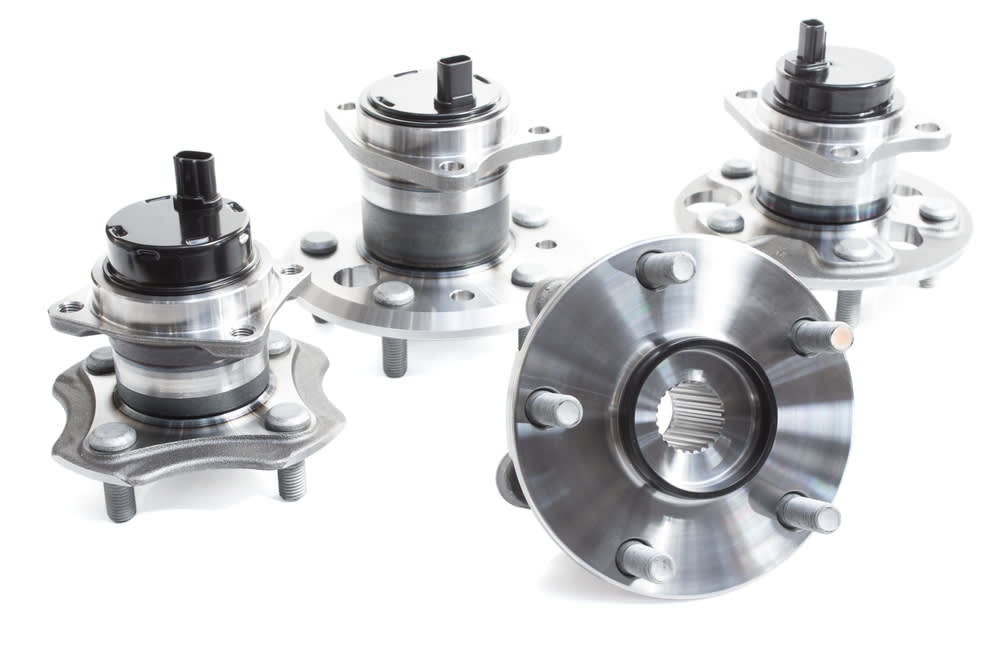

Today’s cars are equipped with a very wide range of sensors. Yours has a mass airflow sensor, at least one oxygen sensor, and many others. The vehicle speed sensor (VSS) is usually located on the transmission’s output shaft (although it can be located in other areas). It’s responsible for sending a signal to the car’s computer that tells it how fast the vehicle is traveling.
The speed sensor is also tied into the car’s anti-lock braking system and helps provide information that is used in determining when ABS should be activated and when it shouldn’t be.
The speed sensor is in use any time your car is in motion. Thus, it’s exposed to a lot of wear and tear. The sensor’s location at the end of the transmission also means that it’s exposed to high levels of heat, and it can also be contaminated or even damaged by water, dirt and debris from the road, although this is rare. Other problems stem from conductive inner surface wear, dirt contamination in the lubrication grease and other issues.
In terms of lifespan, there is no way to predict how long your car’s speed sensor will last. In theory, it can last the life of the vehicle, but that doesn’t always happen. Premature failure isn’t unheard of.
If your car’s speed sensor begins to fail, you’ll notice a very wide range of possible symptoms. These include:
Inconsistent speedometer readings (the needle does not maintain a reading even though you’re driving at a steady speed)
Check Engine light is on
The transmission sounds like it is revving very high before shifting
The speedometer doesn’t work
The overdrive light flashes
The transmission struggles to shift into the highest gear
The ABS light is on in the dash
If you notice these or any other symptoms that seem to point to the vehicle speed sensor, YourMechanic can help. One of our mobile mechanics can visit your home or office, inspect the vehicle speed sensor, wiring and other potential causes, and repair the problem.



